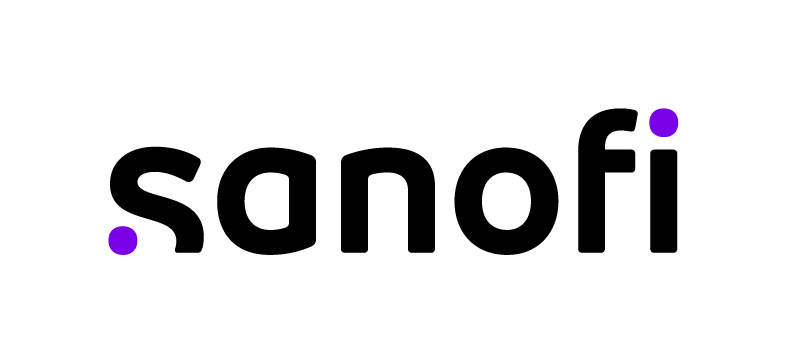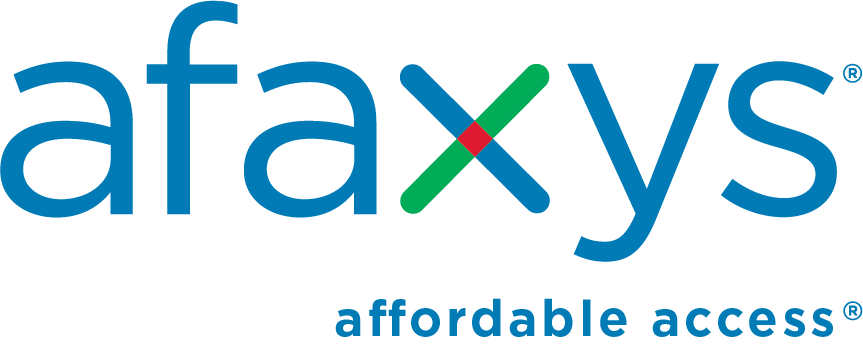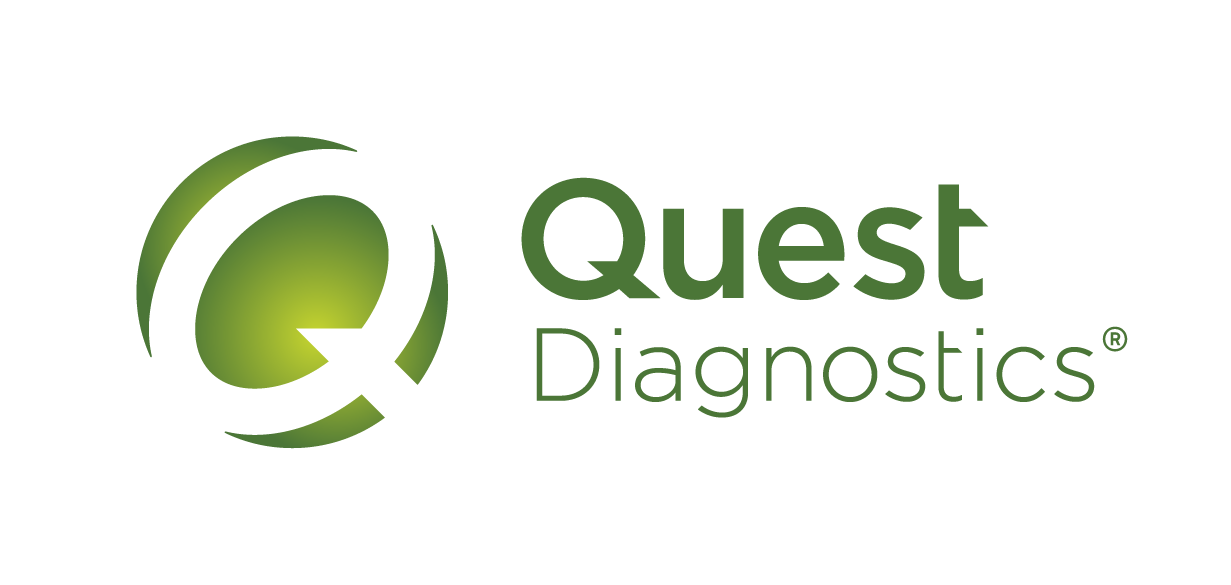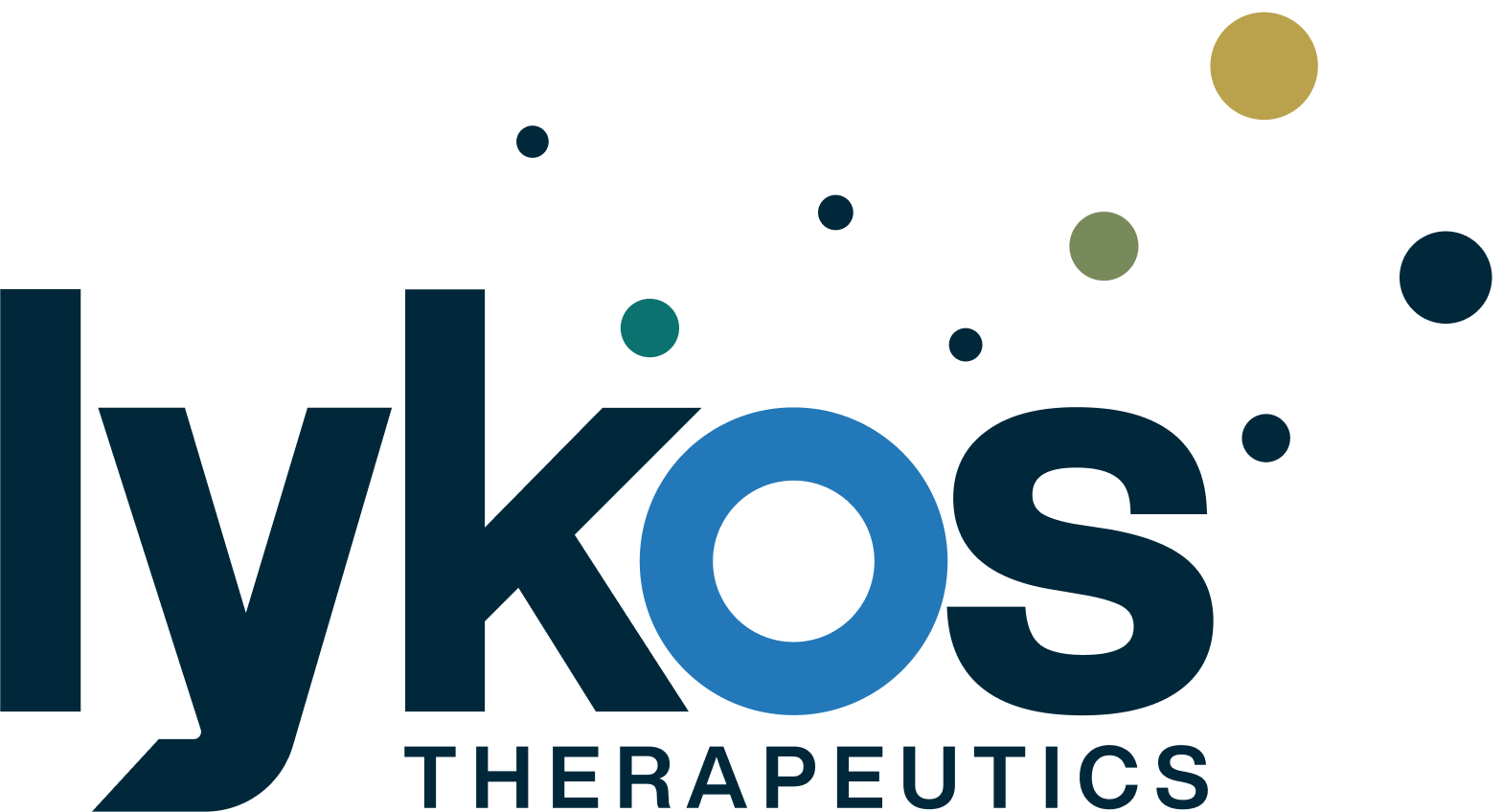In healthcare, we often refer to a “moonshot” in aspirational terms – making a monumental effort to reach a lofty goal – like when it comes to cancer research – but in 2024 private companies like Space X and Axiom Space are expected to drive significant growth in the commercialization of moon exploration potentially making the “moonshot” of accessible space travel a tangible reality. This incredible leap into the future is just one of the seismic events that are likely to shape our perceptions of the world this year. At Green Room, we pride ourselves on remaining on the leading edge of emerging trends in culture and science to drive timely and relatable messaging no matter what kinds of surprises may come our way.
Our outlook for 2024 includes several significant events that will impact our country, our industry and how and when we communicate.
It’s a presidential election year in the U.S.
With presidential primaries already well underway, we can expect to see coverage of the 2024 presidential race dominate headlines throughout the year. While we can’t predict the outcome, there are sure to be some surprises. With passions running high across the electorate, this could be a year like no other. Heated political discourse often finds its way into mainstream conversations, so we’ll be watching to see how developments in the election process and external factors such as legal filings, congressional actions and citizen activism could influence how or when we communicate.
Some of the key dates we have on our radar:
- Republican National Convention – July 15-18, 2024
- Democratic National Convention – August 19-22, 2024
- Election Day – November 5, 2024
Supreme Court decision could significantly impact the role of federal regulatory agencies.
Have you heard of the Chevron Doctrine (AKA the Chevron Deference)? This pivotal case, decided in 1984, which is related to the power and scope of federal regulatory oversight, is currently being challenged in front of the Supreme Court. With a decision expected imminently, a ruling that overturns or limits the scope of the 1984 guidance could significantly impact the process and power of federal regulatory agencies including the FDA.
Pending the outcome, we could see significant disruption in the FDA approval process. If the guidelines for regulatory oversight shift, federal agencies, including the FDA, will need to scramble to interpret the ruling. As the agency determines how best to adapt their current standards, we could see a delay in FDA decisions and approvals while federal regulators hash out the best path forward.
The Olympics are coming!
The 2024 Olympic Summer Games are scheduled to take place in Paris this summer, from July 26-August 11. After the pandemic disrupted the scheduling and scope of the 2020 Olympics, we will likely see a surge in interest this year as athletes and spectators converge on the City of Lights. If audience viewing trends continue to follow the path set during the previous games, social media is going to play a pivotal role, with many tuning in to coverage on social platforms such as YouTube or Tik Tok and bypassing traditional television viewing altogether.
It’s tempting to want to leverage a global spectacle of this magnitude to drive communications but be aware that the Olympic committee maintains tight control of who can use their branding and how. Even sponsorships are tiered, so understanding how – or even if – you can mention the event will be critical before developing any communications tied to the games.
Climate has entered the chat.
With several major climate conferences set to take place around the world in 2024, the topic of global warming and sustainability is sure to remain top of mind this year. As the world continues to grapple with the fallout from natural disasters and evidence of our changing climate continues to pile up, climate activism is also on the rise.
This year we’re likely to see more activity on all fronts: climate-related events could wreak havoc on supply chains, scheduling and travel; while climate activism will likely continue to disrupt planned events and the ability to pivot when plans go awry will be critical.
The elephant in the room
2023 saw an alarming rise in global political and social conflict and unfortunately, 2024 is likely to bring more of the same. With active fronts in both the Middle East and Ukraine and a heated national debate over the best ways to aid our allies, there will be no shortage of fodder for debate here in the U.S. and around the world.
Social media will continue to be the global water cooler for discussion, with conflicting, passionate opinions driving all sides of the conversation. It will be more important than ever to tread carefully when mentioning even the most tangentially related topics and to monitor social engagement diligently with a plan of action tailored for individual scenarios.
What else is on our radar?
Big ideas, shifting trends and unexpected events are all certain to be on the menu for 2024. As we continue to navigate whatever comes our way, some of the other topics we’ll be watching closely are workplace culture and the continued push/pull around hybrid structures, shifting consumer demographics and the remarkable growth of AI. Buckle up for an exciting year ahead!








 Today is National Disability Independence Day, commemorating the signing of the Americans with Disabilities Act (ADA) on July 26th, 1990 – a civil rights law that prohibits discrimination against individuals with disabilities in all areas of public life. At Green Room Communications (GR), not only do we strive to support those who live with a disability through our advocacy efforts, but we are committed to cultivating a culture of inclusivity and equal opportunity for our team members affected by a disability.
Today is National Disability Independence Day, commemorating the signing of the Americans with Disabilities Act (ADA) on July 26th, 1990 – a civil rights law that prohibits discrimination against individuals with disabilities in all areas of public life. At Green Room Communications (GR), not only do we strive to support those who live with a disability through our advocacy efforts, but we are committed to cultivating a culture of inclusivity and equal opportunity for our team members affected by a disability.














